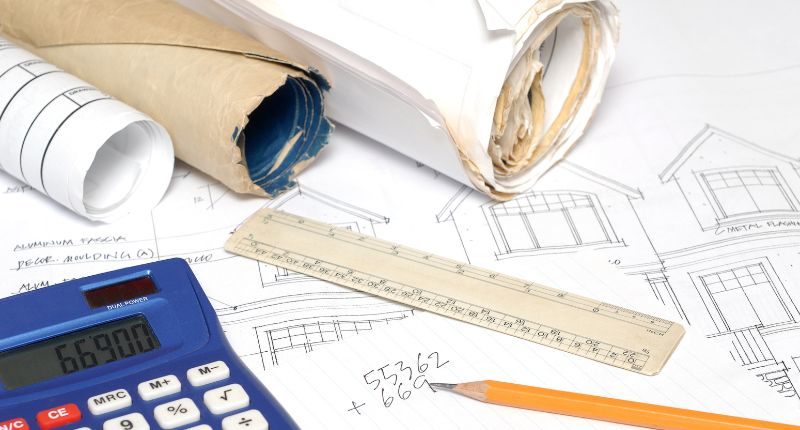- Construction input costs rose by 2.9% during the September quarter
- This is below the 4%-plus increases recorded over the last two quarters
- Weather forecast for this summer like to disrupt supply even more
The Australian Bureau of Statistics (ABS) has recently released data showing that construction input costs over the September quarter increased again, albeit at a lower rate.
Specifically, there was a 2.9% increase in construction input costs over the quarter, lower than the past two quarters which were over 4%. Nonetheless, costs remain high.
Input prices over the past 12 months rose by 16% – more than double the inflation rate – primarily due to timber, board and joinery (+2/8%) along with other metal products (+ 16.4%).
More specifically, timber windows (+6.8%) drove much of this increase due to higher glass prices, ongoing supply constraints for timber and higher freight costs.
Aluminium windows and doors increased by 3.8%, due to higher glass prices, tight supply and high freight costs.
Other materials increased by 2.8%. Plaster products saw a 3% rise thanks to higher manufacturing and freight costs.
Adam Crowley, RSM Property and Construction Leader, noted that despite the decline, input costs are still stubbornly high.
“Anecdotally, builders say annual construction costs are even higher than the official data, putting them closer to 30%,” he said.
“The construction sector is grappling with a perfect storm of impacts – higher material, freight and energy costs, labour shortages and mother nature.
Mr Crowley added that prolonged unfavourable weather has compounded the financial pressures of rising costs by causing delays in completion, ultimately impacting cash flow to builders.
“The wet weather has been a tipping point for many businesses whose cashflow has been severely compromised. Unfortunately, there’s unlikely to be a reprieve from the tough conditions anytime soon.”
Adam Crowley, RSM Property and Construction Leader
More stress to come
Data from the Bureau of Metrology has forecast above-median rainfall this between November to January for much of eastern Australia. Mr Crowley said this add another layer of stress to a sector under immense pressure.
“While builders will have priced in material and other cost hikes into new construction contracts, many will still be working on loss-making jobs,” he said.
“This will bite firms hard that don’t have a good handle on the state of their balance sheet, cashflow, pipeline of work and future profitability.
“The sector would benefit from immediate government financial support and protection from solvency issues to help them complete the pipeline of projects that were entered into before construction costs started soaring in response to the unprecedented global conditions.”
“The Federal Government wants the private sector to step up to support its housing plan, but short-term action is needed to keep building firms afloat to ensure continued housing supply.








